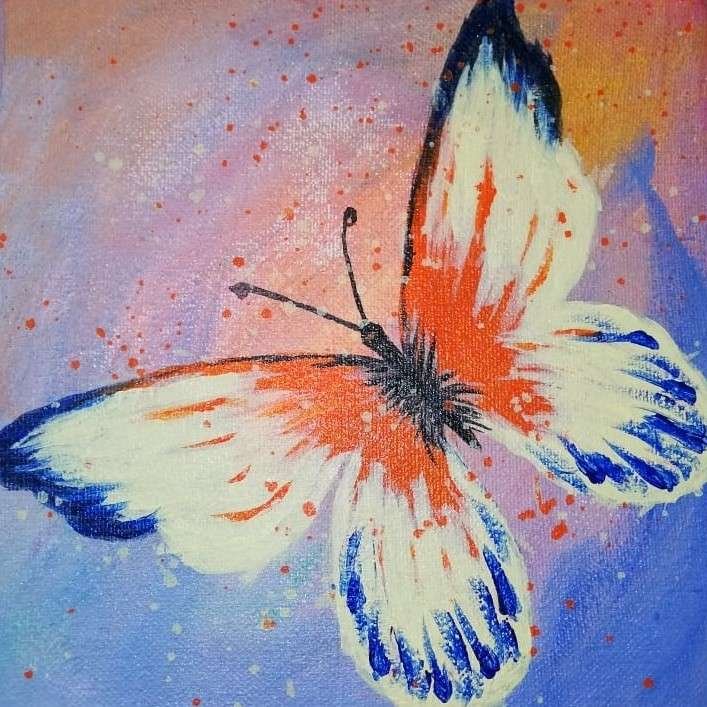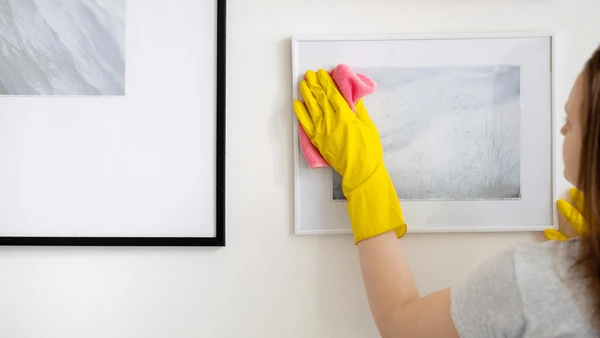Acrylic paintings have become a popular medium for artists of all levels due to their versatility, vibrant colors, and quick drying time. If you’re intrigued by the world of acrylics but unsure where to start, this blog will serve as your go-to guide, covering everything from the basics to advanced techniques. Let’s embark on a colorful journey into the realm of acrylic painting!
What is Acrylic Painting?
Acrylic painting involves using pigments suspended in a water-based polymer emulsion. This medium offers a range of benefits, including fast drying times, versatility in texture, and the ability to paint on various surfaces like canvas, wood, paper, and more.
Getting Started: Essential Supplies
1. Acrylic Paints:
Invest in a basic set of acrylic paints with primary colors and a few additional shades. High-quality paints provide better pigmentation and color mixing.
2. Brushes:
A variety of brushes, including flat, round, and detail brushes, will help you achieve different textures and effects in your paintings.
3. Palette:
A palette is essential for mixing and blending colors. Consider a non-porous palette for easy cleaning.
4. Canvas or Painting Surface:
Choose a canvas or surface that suits your project. Canvas boards, stretched canvases, and even wood panels are popular choices.
5. Easel:
An adjustable easel ensures comfort while painting. It helps reduce strain on your back and allows you to step back and evaluate your work.
6. Palette Knife:
A palette knife is useful for creating texture in your paintings or for applying paint more thickly.
7. Palette Cup and Water Container:
For cleaning your brushes between colors, have a palette cup with water handy.
Basic Techniques: Step-by-Step Guide
1. Prepare Your Workspace:
Ensure you have ample space, good lighting, and a clean environment. Lay down a drop cloth to protect surfaces from paint splatters.
2. Choose Your Colors:
Decide on a color palette that complements your artistic vision. Remember to consider color theory and the emotions each color evokes.
3. Mix Your Colors:
Experiment with mixing colors on your palette to achieve the desired shades. Use a limited palette initially to avoid overwhelming yourself.
4. Apply the Base Coat:
Apply a thin layer of paint to establish the background or base of your painting. Let it dry before proceeding.
5. Layering and Blending:
Build up your painting by layering colors. Acrylics dry quickly, so work efficiently. Use blending techniques like wet-on-wet or dry brushing for unique effects.
6. Details and Highlights:
Add finer details to your painting, enhancing depth and dimension. Use a smaller brush for intricate work.
7. Let it Dry:
Allow your masterpiece to dry thoroughly before varnishing or framing.
Conclusion:
Acrylic painting is a rewarding and accessible art form for both beginners and experienced artists. As you embark on your acrylic journey, remember that practice and experimentation are key. Develop your unique style and enjoy the creative process. Happy painting!
Remember to share this guide with fellow art enthusiasts, and feel free to explore more advanced techniques as you gain confidence in your acrylic painting skills. The world of acrylics is vast and colorful – dive in and unleash your artistic potential!





2 Comments
Nice blog, Please make a blog about painting brushes and their use.
Very informative blog.